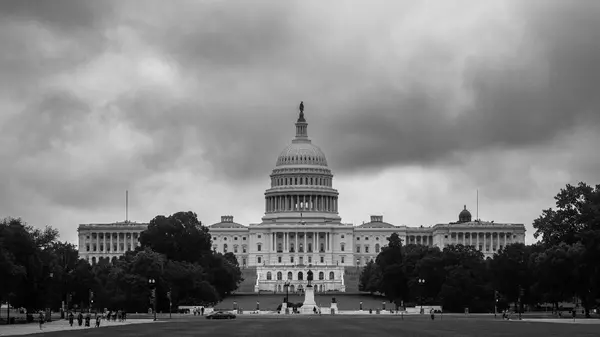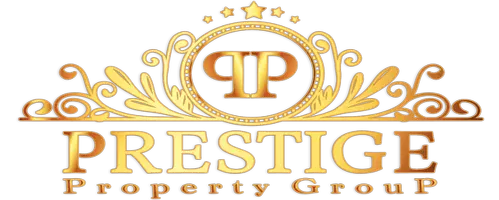Washington, DC, Is Failing in Affordability and Homebuilding: Can Mayor Bowser Reverse the Trend?
The nation’s capital faces one of the toughest housing markets in the country.
The Realtor.com® State-by-State Housing Report Card gave Washington, DC, a C-, signaling a crisis of affordability and constrained supply. The report—part of the Let America Build campaign—evaluates how well each state balances home prices with new construction.
President Donald Trump recently put pressure on homebuilders to increase construction nationwide, given the issues with construction in the country. In a post on his Truth Social platform in early October, he accused major builders of hoarding lots to prop up prices—likening them to OPEC, which restricts oil output to maintain high prices.
“They’re my friends ... but now, they can get Financing, and they have to start building Homes. They’re sitting on 2 Million empty lots, A RECORD,” Trump wrote. He urged Fannie Mae and Freddie Mac to intervene and “get Big Homebuilders going” to “restore the American Dream.”
For DC, the findings paint a stark picture: sky-high costs, minimal space to build, and deep structural barriers that have left many residents priced out of homeownership.
DC’s C- grade explained
The Realtor.com analysis gave Washington, DC., a total score of 42.6, placing it close to the bottom of areas in the country. The District’s median listing price soared to $610,723 in 2024, while the median household income was $98,916. Even with relatively high earnings, the Realtors Affordability Score was just 0.67—one of the lowest in the nation—showing that only a small fraction of listings are affordable for median-income households.
New construction activity remains limited by geography and policy. DC accounted for only 0.1% of the nation’s housing permits in 2024 while representing about 0.2% of the U.S. population, yielding a permit-to-population ratio of just 0.5.
The new construction premium—the price gap between new and existing homes—was 0.2%, meaning that new builds are concentrated in luxury developments far beyond the reach of most residents.
How DC fits into the regional picture
Nationally, new construction continues to play an important role in easing housing costs. The Realtor.com New Construction Insights report found that the median new-home price held steady at $450,797, while resale prices rose 2.4%, narrowing the national new construction premium to just 7.8%—the lowest level on record.
But in the Northeast and Mid-Atlantic—where DC is grouped for regional comparison—construction remains slow and expensive. Realtor.com data show that these regions have some of the lowest shares of new listings nationwide, with strict zoning and limited developable land keeping new homes scarce.
While surrounding suburbs in Maryland and Virginia have seen modest increases in housing starts, the District’s slow permitting pace and high construction costs continue to restrict growth.
But again, the pinch is being felt all over.
“America is short more than 4.7 million homes, and every new home built helps close that gap while fueling local economies," says Shannon McGahn, executive vice president and chief advocacy officer at the National Association of Realtors®.
"NAR research shows that the U.S. has faced a persistent housing shortage for more than a decade, driving up prices and limiting options for buyers. Expanding housing supply creates jobs, supports small businesses, and affords families the opportunity to build generational wealth.”
Mayor Bowser’s housing strategy
In May 2025, Mayor Muriel Bowser released "Grow DC," her Fiscal Year 2026 budget, which included significant investments in housing initiatives across the District. The budget allocates $100 million to the Housing Production Trust Fund (HPTF), $1 million to continue the Heirs Property program, $23 million for the Home Purchase Assistance Program, and $52.4 million to support public housing improvements through the DC Housing Authority.
Additional funding was designated for new community projects, including $119 million for Barry Farm, $18 million for Bruce Monroe, $5 million for Park Morton, and $35 million for NW One.
In September, Bowser marked another milestone in the District’s Housing in Downtown (HID) program by celebrating the start of demolition at 1990 K Street NW, an office building set to be converted into housing for more than 700 residents, alongside retail space. She also announced two new HID projects in the pipeline: 608-624 Eye Street NW in Chinatown and 2401 Pennsylvania Avenue NW in the West End.
Once completed, these developments will bring the total number of HID projects to eight since the program’s launch in March 2024.
Dina Sartore-Bodo and Gabriella Iannetta contributed to this report.
Categories
Recent Posts










GET MORE INFORMATION

